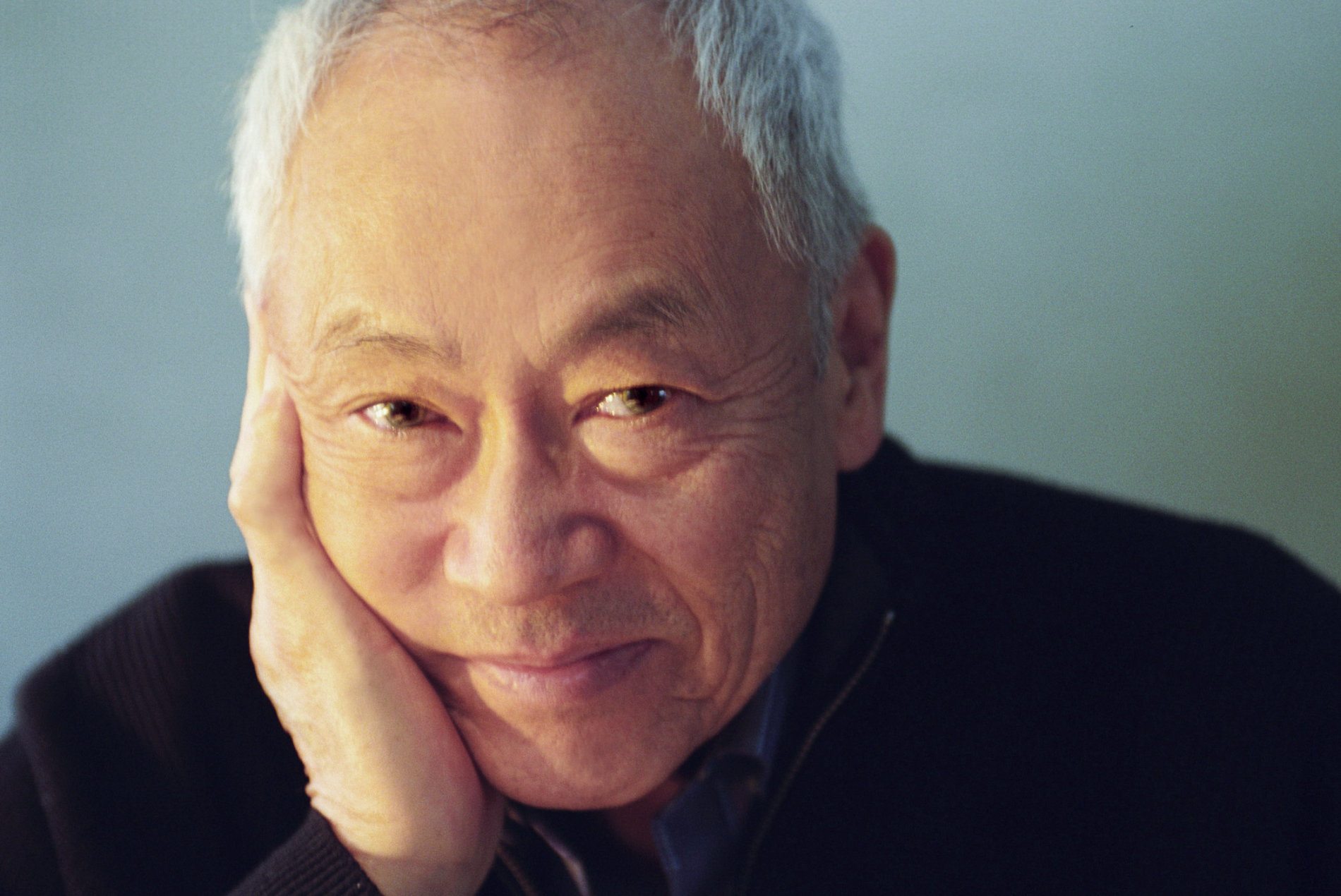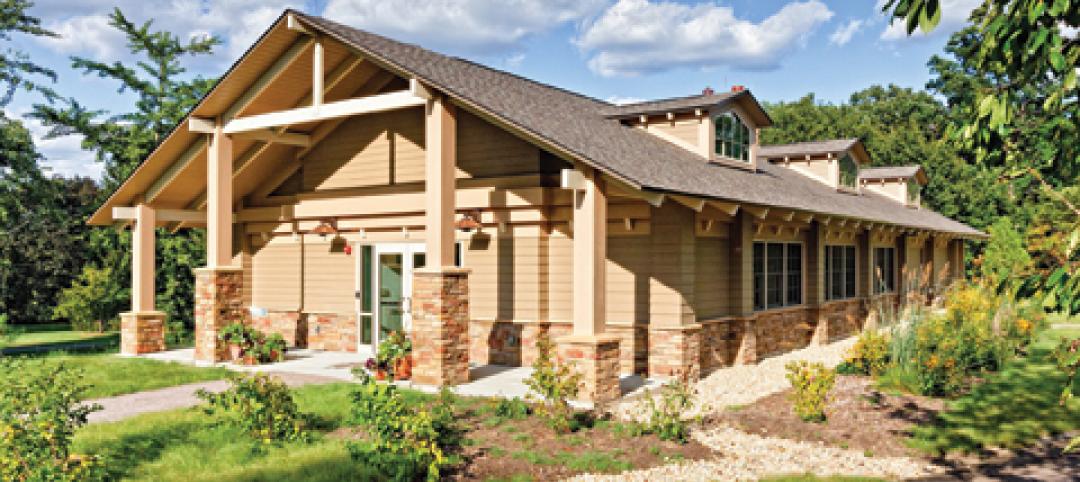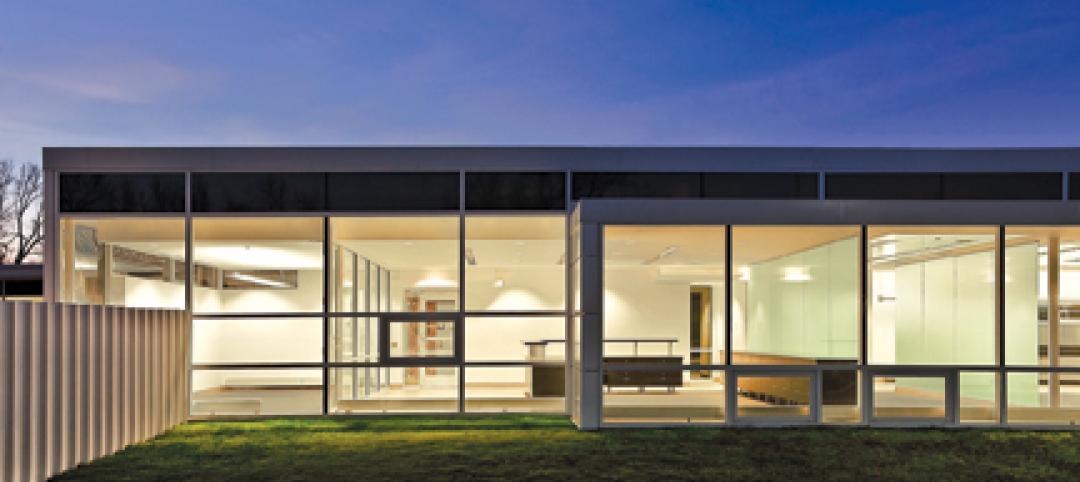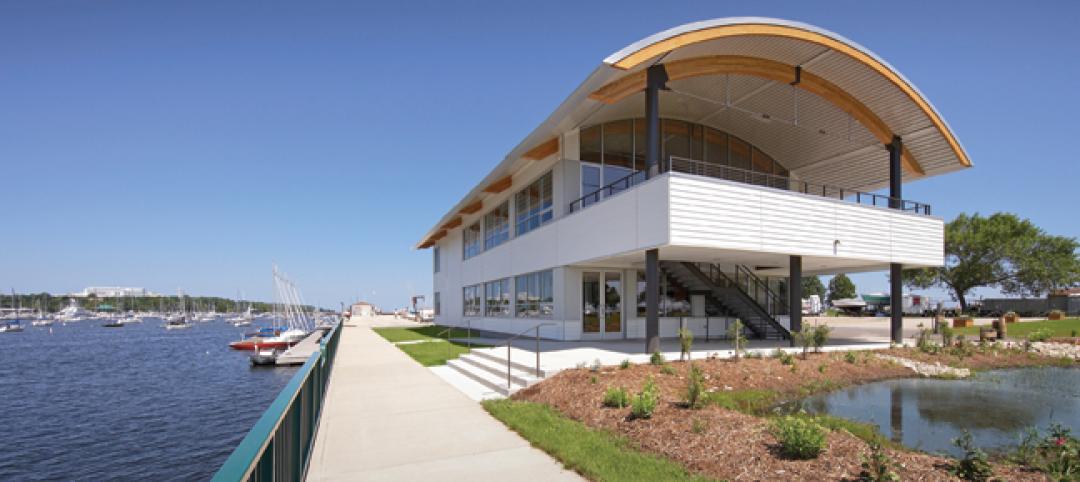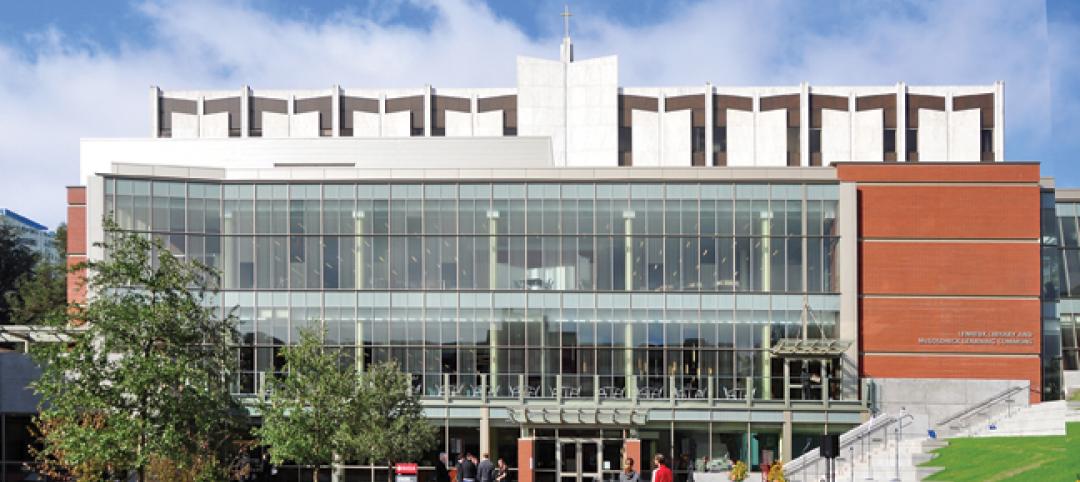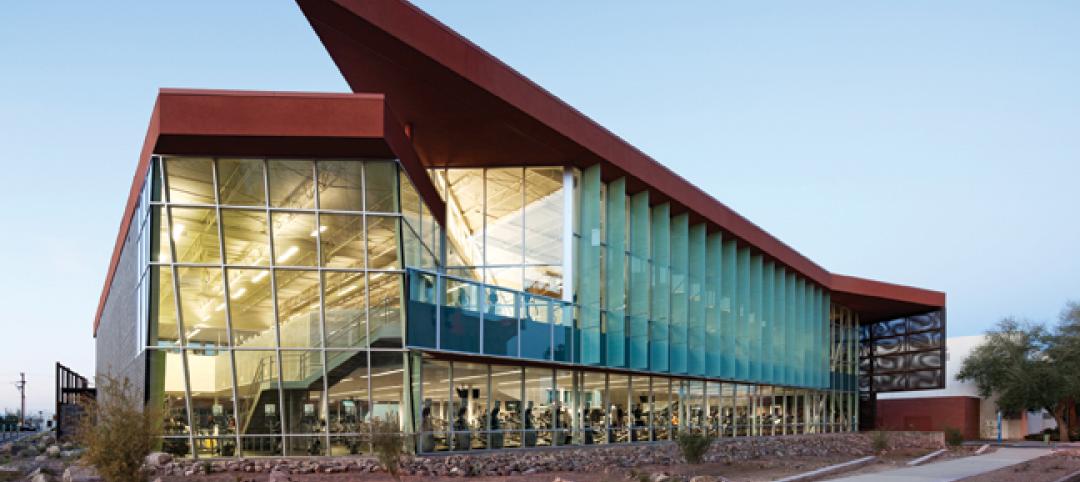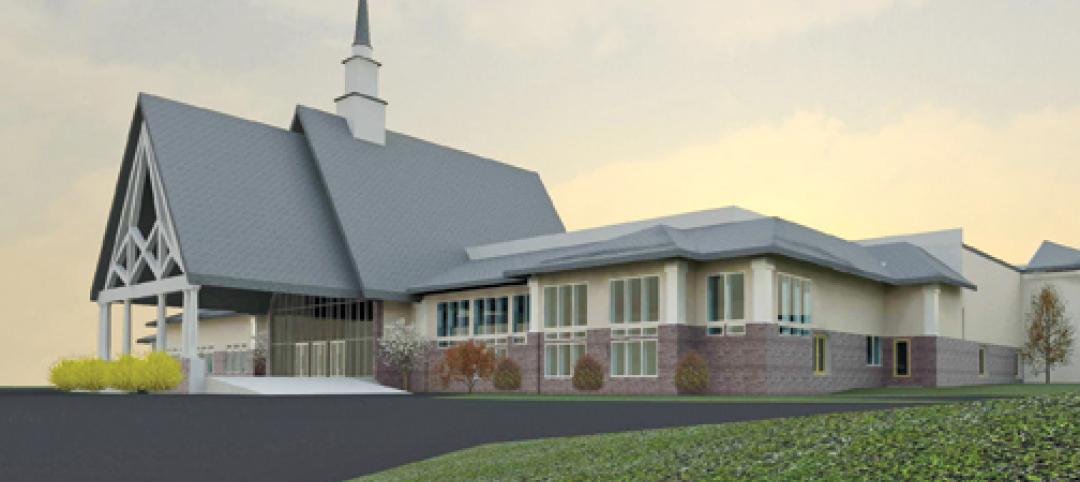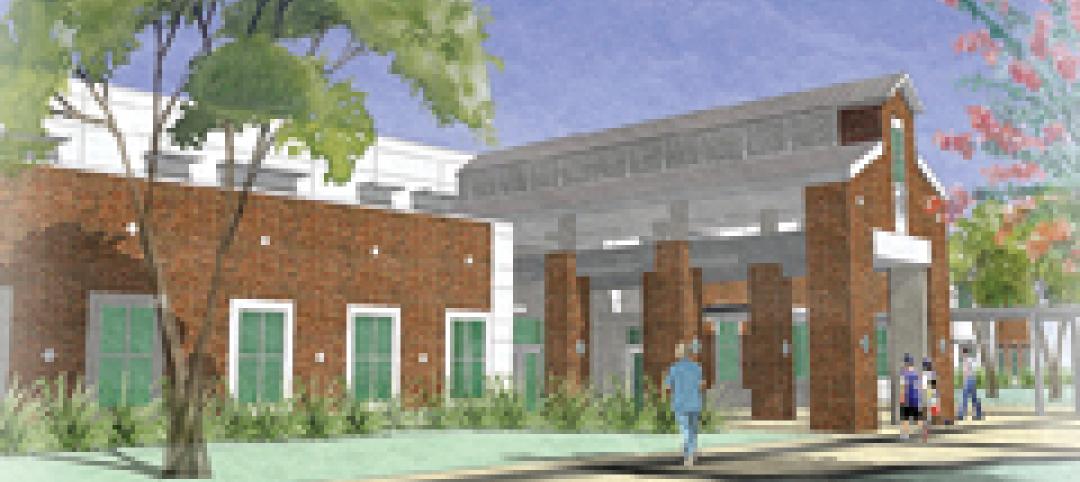Gyo Obata, FAIA, architect and Founding Partner of HOK, passed away on March 8. He was 99.
Obata, in partnership with George F. Hellmuth and George Kassabaum, built HOK from a regional, St. Louis-based architectural practice into a global design, architecture, engineering, and planning firm.
His career spanned six decades and included numerous iconic projects, including:
- Priory Chapel at Saint Louis Abbey, Creve Coeur, Mo. (1962)
- The Galleria in Houston (1970)
- Dallas/Fort Worth International Airport (1973)
- Bristol-Myers Squibb Campus, Princeton, N.J.(1973)
- National Air and Space Museum in Washington, D.C. (1976)
- King Khalid International Airport in Riyadh, Saudi Arabia (1983)
- King Saud University in Riyadh (1984)
- Community of Christ Temple, Independence, Mo. (1994)
- Japanese American National Museum Pavilion in Los Angeles (1998)
Statement from HOK:
Gyo was one of three principals who built HOK from a regional, St. Louis-based architectural practice into one of the world’s most respected global design, architecture, engineering and planning firms. His distinguished career spanned six decades. From the time of his retirement in 2012 and continuing into 2018, Gyo maintained an office in HOK’s St. Louis studio, where he regularly served as a design advisor to his colleagues.
“Gyo’s extraordinary career at HOK continued into his 90s, and he served as a mentor to several generations of designers including myself,” said HOK Chairman and CEO Bill Hellmuth, FAIA. “As an example to all of us, he led HOK to become the largest architecture-engineering firm in the United States while never abdicating his role as a designer of significant projects.”
Underpinning Gyo’s pioneering design approach was a fundamental belief that each project must be approached without preconceptions and designed to serve the needs, values and aspirations of the people and community it serves. Rather than imposing his will upon a project, Gyo paid close attention to the needs expressed by clients and then let the project guide the design of a building that would bring meaning and enjoyment to its visitors and inhabitants.
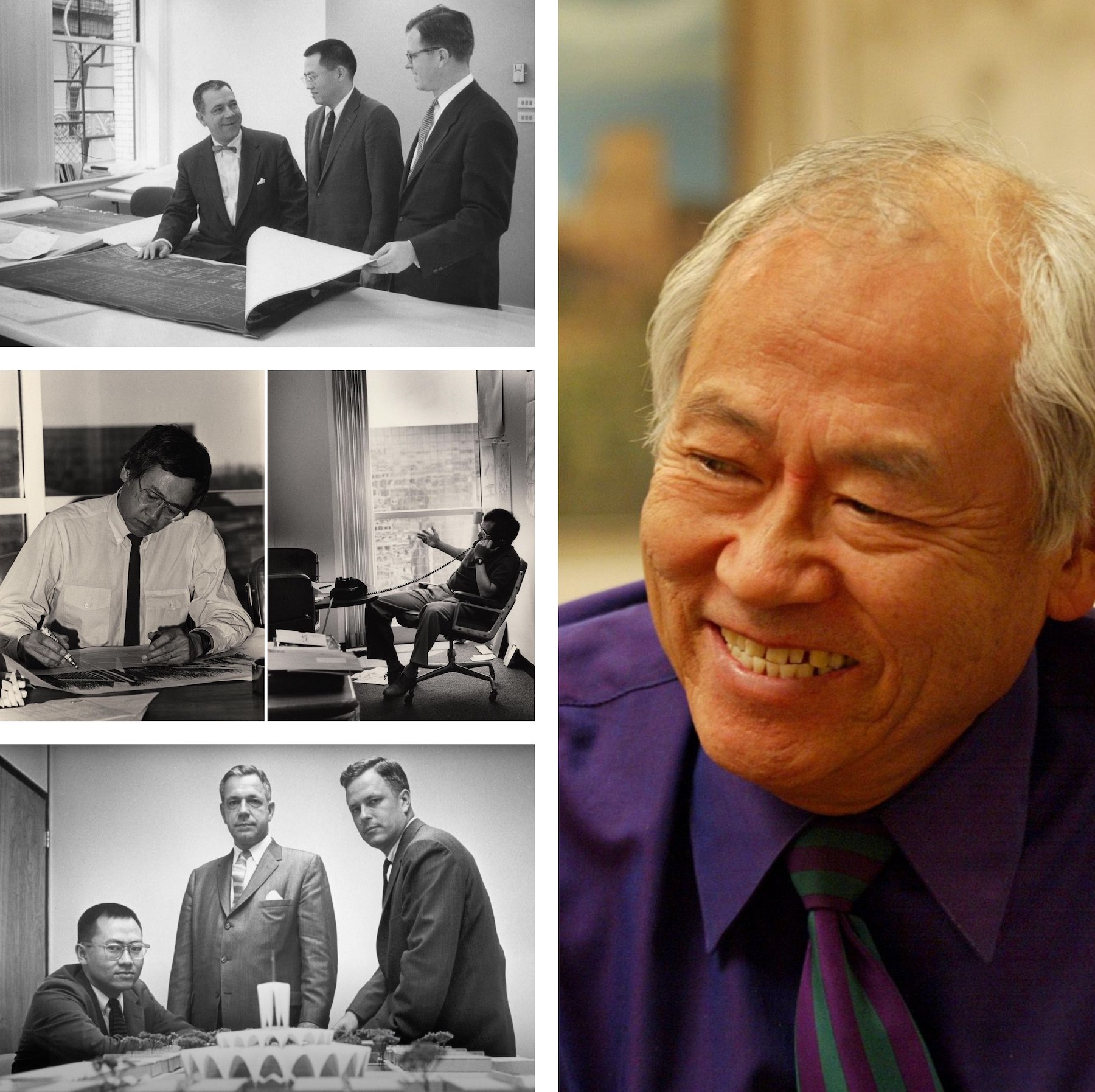
“Gyo embodied everything that’s honorable about the architectural profession,” said Bill Valentine, FAIA, HOK’s chairman emeritus. “Instead of designing for the fashions of the times or to make a personal statement, Gyo designed to improve lives. He was a kind, thoughtful man who developed warm, personal relationships with his colleagues and clients. People believed in him, which is an essential part of turning drawings into buildings.”
A strong proponent of sustainable design, Gyo’s work is characterized by an efficient use of materials and sense of harmony with its natural environment. “If you see architecture as a conversation with the surrounding environment, then Gyo is the ideal conversationalist,” wrote George McCue in a 1983 cover story on Gyo for St. Louis Magazine. “The greatest virtue his buildings possess is the great ‘courtesy’ they display toward their environment.”
Gyo was an advocate for a holistic approach to design in which architecture, engineering, interior design, planning and landscape architecture are fully integrated and delivered by a single multidisciplinary design team. This approach helped drive HOK’s ongoing expansion into new specialty practices, market sectors and geographic regions.
During his 50-year tenure as HOK’s design principal, Gyo shaped iconic, award-winning projects around the world. A few noteworthy examples include the Priory Chapel at Saint Louis Abbey, Creve Coeur, Missouri (1962); The Galleria in Houston (1970); Dallas/Fort Worth International Airport (1973); Bristol-Myers Squibb Campus, Princeton, New Jersey (1973); National Air and Space Museum in Washington, D.C. (1976); King Khalid International Airport in Riyadh, Saudi Arabia (1983); King Saud University in Riyadh, Saudi Arabia (1984); Community of Christ Temple, Independence, Missouri (1994); and the Japanese American National Museum Pavilion in Los Angeles (1998).

With an approach to life that regarded each day as a portal to possibility, Gyo also loved spending time with his family and friends, gardening, tennis, art, travel, reading, his dogs, birds, music, theater, opera, films and cooking.
Gyo Obata's Life of Design
Gyo was born in San Francisco in 1923. His parents, both artists from Japan, met in San Francisco after emigrating to the U.S. His father, Chiura Obata, introduced the classical sumi-e style of painting to the U.S. West Coast, and his mother, Haruko Obata, did the same for ikebana, the Japanese art of flower arranging. “Our house was like a studio, and was always filled with paintings and flowers,” said Gyo in the 2010 book by Marlene Ann Birkman: Gyo Obata: Architect | Clients | Reflections. “My parents were both great teachers and taught me life’s most basic lesson: to listen very carefully.”
Gyo was 18 when the Japanese attacked Pearl Harbor and an anti-Japanese hysteria swept the United States. He enrolled in the architectural program at the University of California, Berkeley in 1942, but his education was interrupted during his freshman year by the internment of approximately 117,000 people of Japanese ancestry in the U.S. The night before his parents, brother and sister were relocated to an internment camp in Northern California, Gyo boarded a train to St. Louis to continue his architectural training at Washington University, which at the time was one of the only U.S. universities that would accept Japanese-American students. His father had secured special permission from the local provost marshal for him to leave the region.
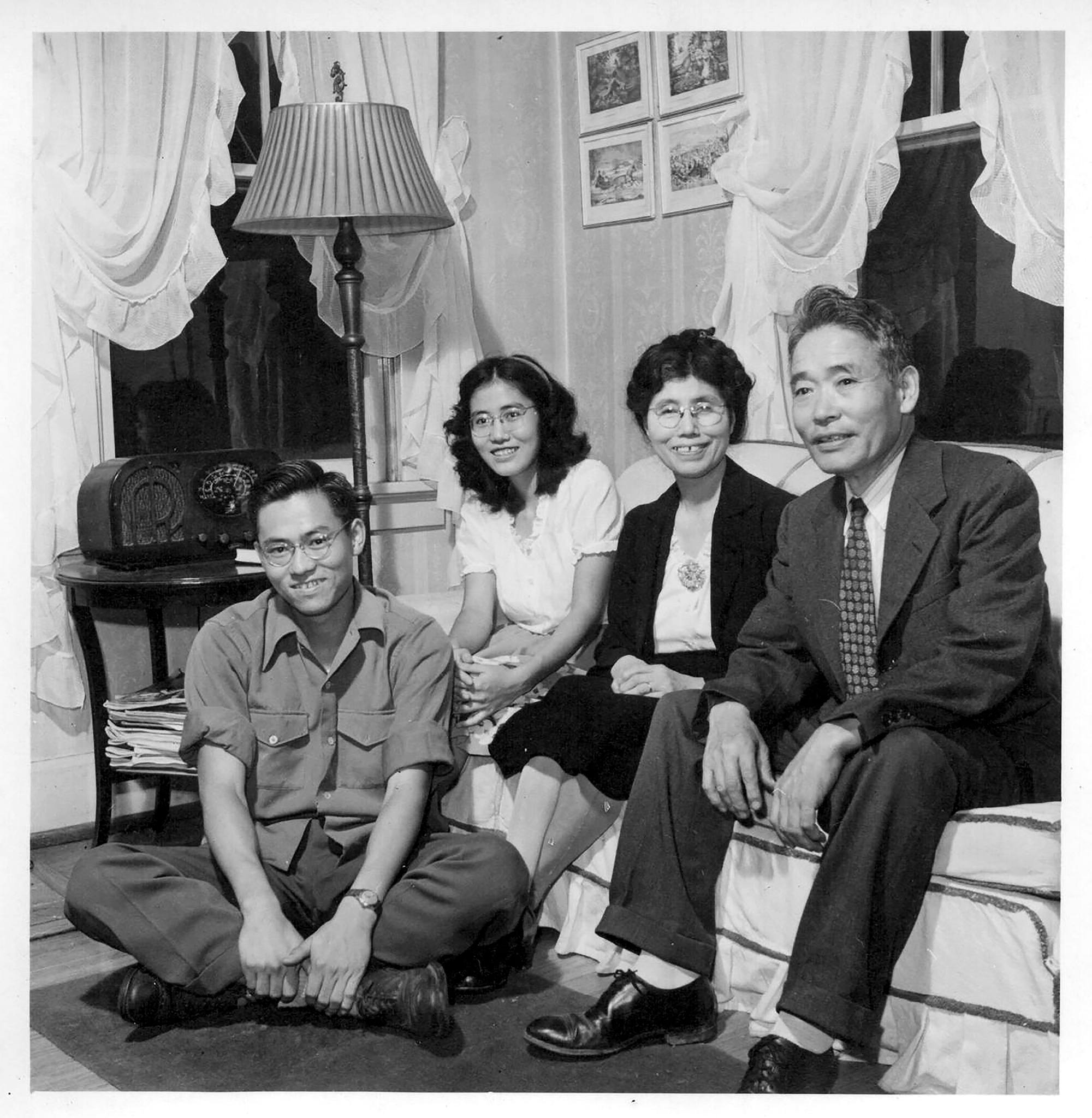
He earned a Bachelor of Science in Architecture from Washington University in 1945 before continuing his architectural education at Cranbrook Academy of Art in Michigan. There he studied under master Finnish architect Eliel Saarinen, the father of Eero Saarinen, architect of the iconic Gateway Arch in St. Louis. In 1946, Gyo received a Master of Architecture and Urban Design.
“Saarinen’s teachings had an enormous positive influence on me,” said Gyo in a 2006 interview. “He emphasized the relationship of every element in a design and the importance of integrating them, from the smallest through the largest. Since then, I have always been interested in working on large-scale projects where many smaller parts must fit within the greater whole.”
After serving with the U.S. Army in the Aleutian Islands off the coast of Alaska, Gyo joined the Chicago office of architecture firm Skidmore, Owings & Merrill in 1947 as a designer.
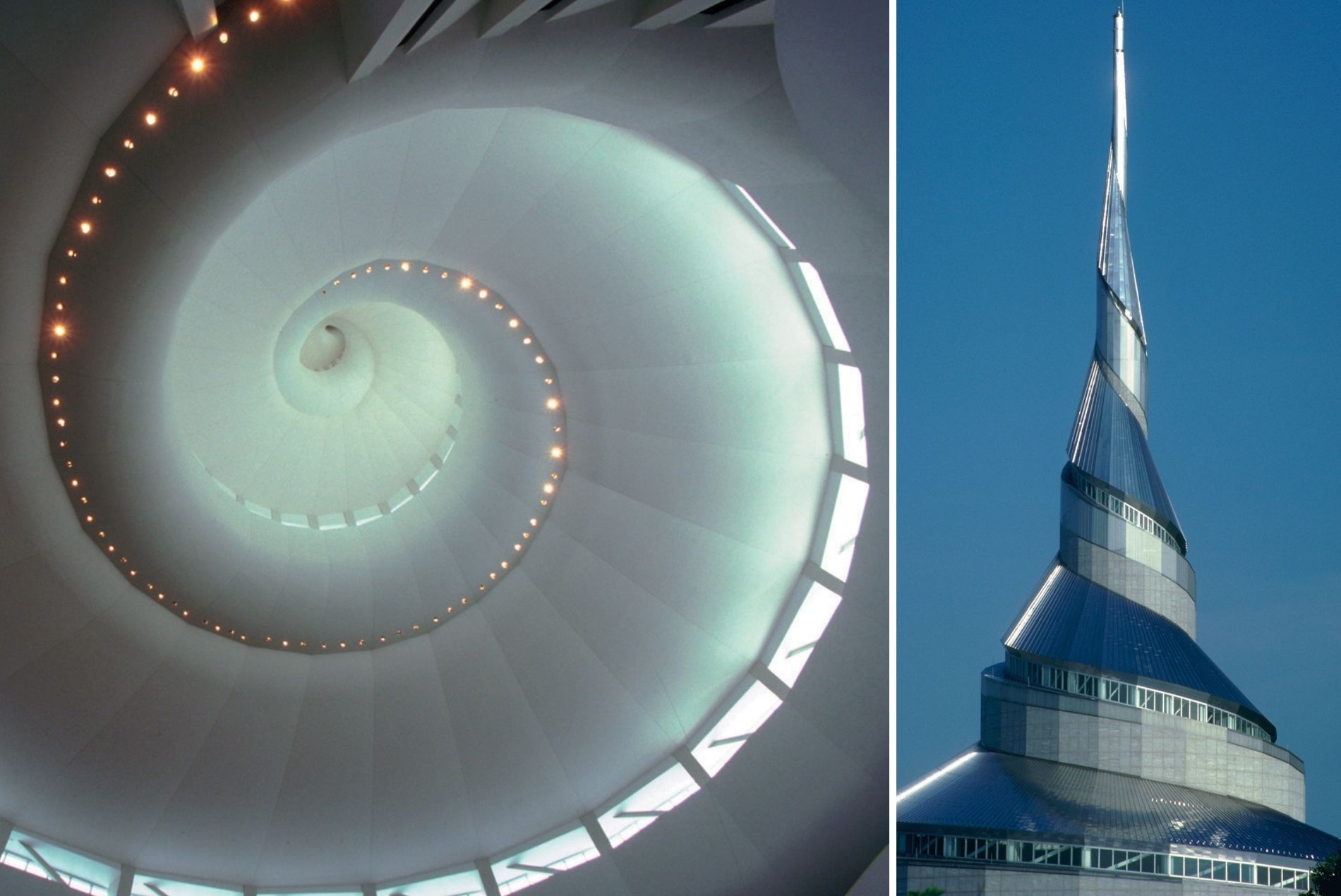
In 1951, the St. Louis architecture firm Hellmuth, Yamasaki & Leinweber (HYL) recruited him as a design assistant to Minoru Yamasaki, an architect who would later design the World Trade Center in New York City. Gyo’s collaborations with Yamasaki included the design of the signature passenger terminal at St. Louis Lambert International Airport that opened in 1956. Credited for helping change the visual vocabulary of airports and being the forerunner of modern airport terminals, the building features aerodynamic lines and a series of low-slung arches that celebrate the concept of flight.
When HYL reorganized in 1955 as Hellmuth, Obata & Kassabaum (HOK), Gyo, at the age of 32, was appointed principal of design. Together with George Hellmuth (1907-1999), who led marketing and business development, and George Kassabaum (1921-1982), who oversaw production, the partners pioneered a tripartite business model that would come to define the modern multidisciplinary architecture practice.
Related Stories
| Nov 3, 2010
Park’s green education center a lesson in sustainability
The new Cantigny Outdoor Education Center, located within the 500-acre Cantigny Park in Wheaton, Ill., earned LEED Silver. Designed by DLA Architects, the 3,100-sf multipurpose center will serve patrons of the park’s golf courses, museums, and display garden, one of the largest such gardens in the Midwest.
| Nov 3, 2010
Public works complex gets eco-friendly addition
The renovation and expansion of the public works operations facility in Wilmette, Ill., including a 5,000-sf addition that houses administrative and engineering offices, locker rooms, and a lunch room/meeting room, is seeking LEED Gold certification.
| Nov 3, 2010
Sailing center sets course for energy efficiency, sustainability
The Milwaukee (Wis.) Community Sailing Center’s new facility on Lake Michigan counts a geothermal heating and cooling system among its sustainable features. The facility was designed for the nonprofit instructional sailing organization with energy efficiency and low operating costs in mind.
| Nov 3, 2010
Seattle University’s expanded library trying for LEED Gold
Pfeiffer Partners Architects, in collaboration with Mithun Architects, programmed, planned, and designed the $55 million renovation and expansion of Lemieux Library and McGoldrick Learning Commons at Seattle University. The LEED-Gold-designed facility’s green features include daylighting, sustainable and recycled materials, and a rain garden.
| Nov 3, 2010
Recreation center targets student health, earns LEED Platinum
Not only is the student recreation center at the University of Arizona, Tucson, the hub of student life but its new 54,000-sf addition is also super-green, having recently attained LEED Platinum certification.
| Nov 3, 2010
New church in Connecticut will serve a growing congregation
Tocci Building Companies will start digging next June for the Black Rock Congregational Church in Fairfield, Conn. Designed by Wiles Architects, the 103,000-sf multiuse facility will feature a 900-person worship center with tiered stadium seating, a children’s worship center, a chapel, an auditorium, a gymnasium, educational space, administrative offices, commercial kitchen, and a welcome center with library and lounge.
| Nov 3, 2010
Senior housing will be affordable, sustainable
Horizons at Morgan Hill, a 49-unit affordable senior housing community in Morgan Hill, Calif., was designed by KTGY Group and developed by Urban Housing Communities. The $21.2 million, three-story building will offer 36 one-bed/bath units (773 sf) and 13 two-bed/bath units (1,025 sf) on a 2.6-acre site.
| Nov 3, 2010
Designs complete for new elementary school
SchenkelShultz has completed design of the new 101,270-sf elementary Highlands Elementary School, as well as designs for three existing buildings that will be renovated, in Kissimmee, Fla. The school will provide 48 classrooms for 920 students, a cafeteria, a media center, and a music/art suite with outdoor patio. Three facilities scheduled for renovations total 19,459 sf and include an eight-classroom building that will be used as an exceptional student education center, a older media center that will be used as a multipurpose building, and another building that will be reworked as a parent center, with two meeting rooms for community use. W.G. Mills/Ranger is serving as CM for the $15.1 million project.
| Nov 3, 2010
Chengdu retail center offers a blend of old and new China
The first phase of Pearl River New Town, an 80-acre project in Chengdu, in China’s Wenjiang District, is under way along the banks of the Jiang’an River. Chengdu was at one time a leading center for broadcloth production, and RTKL, which is overseeing the project’s master planning, architecture, branding, and landscape architecture, designed the project’s streets, pedestrian pathways, and bridges to resemble a woven fabric.
| Nov 3, 2010
Rotating atriums give Riyadh’s first Hilton an unusual twist
Goettsch Partners, in collaboration with Omrania & Associates (architect of record) and David Wrenn Interiors (interior designer), is serving as design architect for the five-star, 900-key Hilton Riyadh.


